It’s one of the universal first lessons we’ve ever learned, and we learned it at a small age: IF YOU USE IT, PUT IT BACK! We all know there were consequences for not putting things back where we found them; maybe the lesson is there for us to learn again, especially when we feel like we literally have lost our place, where there’s no one that can find us, or maybe we’re hiding in such a spot where we don’t want to be found?
And then there’s the new mandate today of STAY IN YOUR LANE, which is a nice way to say, KNOW YOUR PLACE! But it’s true, if we just stayed in our places 100% of the time and we’re good little soldiers, new worlds as well as new adventures would never be had because sometimes the greatest thing we can ever do is being in the wrong place at the right time for somebody else.
Hey, JUST A MOMENT–notice where you’re at, where you want to be and who you’re there for in the place that you are right now. And when you’re not being utilized, put yourself safely away so that you could be available for the very next time!
FIND YOUR WAY TO BE WHERE YOU’RE NEEDED
WHEN YOU’RE NEEDED. . .
(even when it feels OUT OF PLACE)
THE VILLAGE
This video guts me. It filets me in a way that makes me more aware of what I should be aware of and maybe what I shouldn’t be aware of as much.
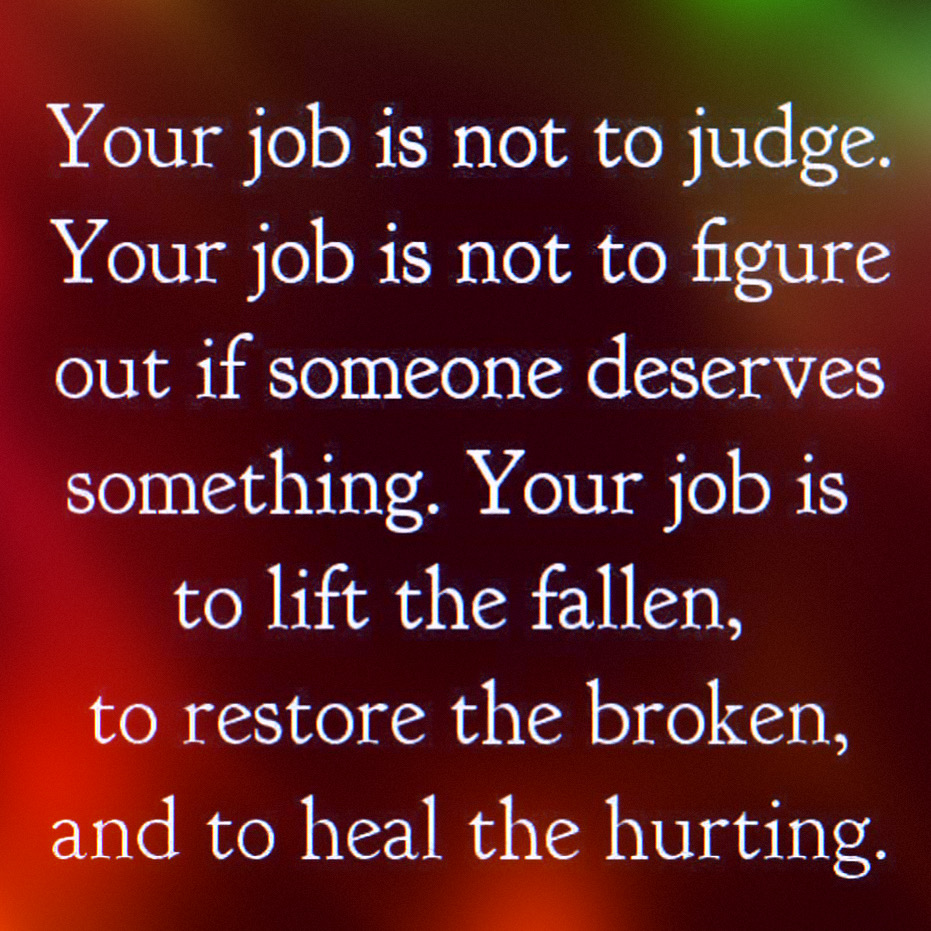 QUESTIONS, CLASS?
QUESTIONS, CLASS?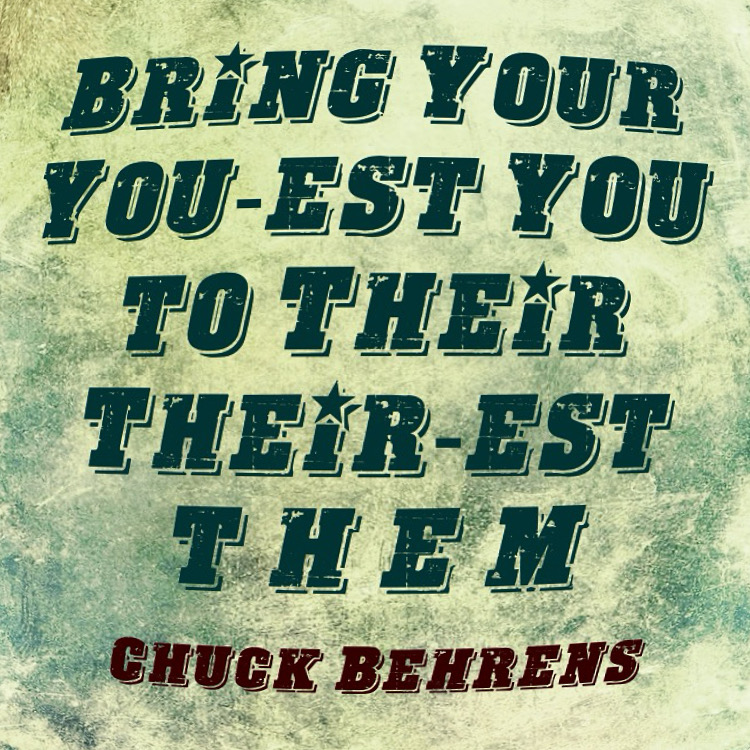 Uhhhhh. . .if it takes a Village
Uhhhhh. . .if it takes a Village. . .maybe it really takes a
BETTER ONE!
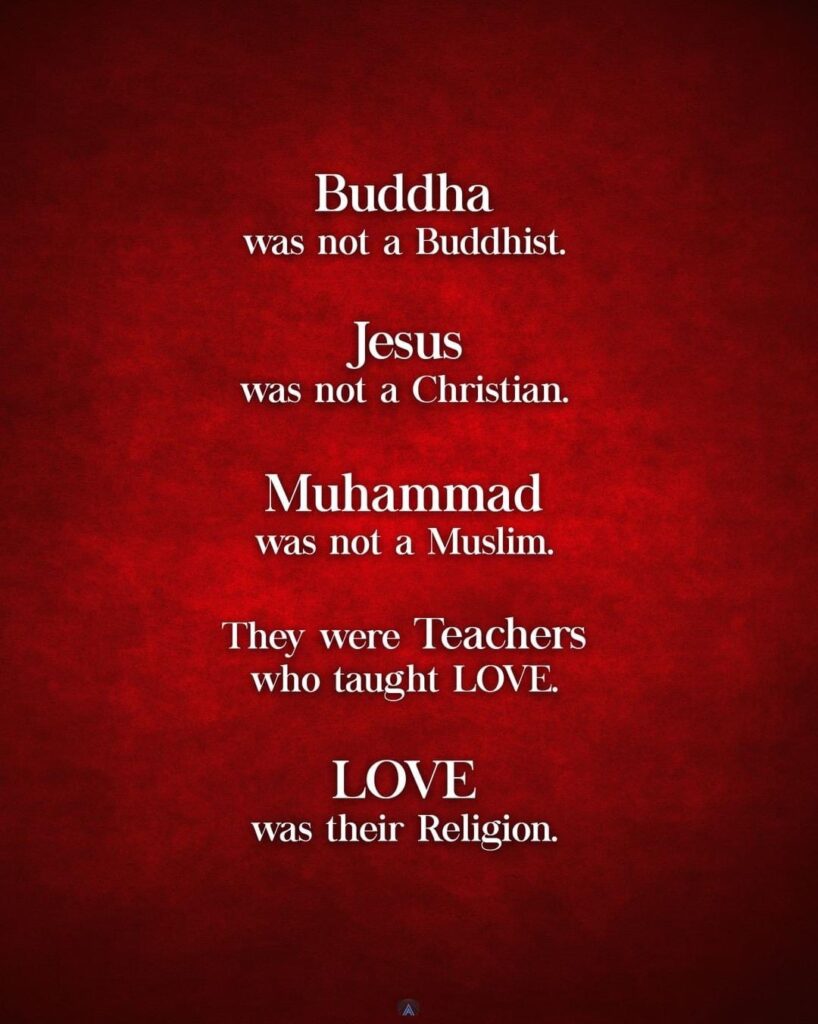
EVERYDAYNESSES
“A flat tire. An extra fee tacked on to a hotel bill. A cracked screen on your phone. A bike stolen from your garage. A large charge that they won’t refund. A deal blown up by a missed email.
Nobody likes these things. But does anyone think that a life without them is possible?
No, of course not. We understand that sometimes you get ripped off. Sometimes you make mistakes. Sometimes stuff falls apart on the one-yard line.
Ok, then why are you so upset? You know it’s a statistical certainty, a basic fact of life. Yet here you are, cursing it as if it’s unfair. As if you’ve been singled out. Instead of just accepting it, instead of just saying to yourself as Marcus Aurelius tried to say of shameless people (who he also believed were a statistical inevitability), ok this is one of those people. Don’t ask for the impossible, he said, don’t get upset that someone who was bound to exist, exists or that something that was bound to happen, has happened.
We can’t escape it. We can only accept it…and be grateful that it’s rarer than it could be.”
 When I read this in a random DAILY STOIC post I started wondering why I don’t like it when bad things happen to good people for no apparent reason or any catchy rhyming, especially to this trying-so-hard-to-be-a-better-person striving to do good for good. . .
When I read this in a random DAILY STOIC post I started wondering why I don’t like it when bad things happen to good people for no apparent reason or any catchy rhyming, especially to this trying-so-hard-to-be-a-better-person striving to do good for good. . .
B U T . . .the sacred isn’t always what you think it is or where you think you can find it. . .Embrace your EVERYDAYNESSESS
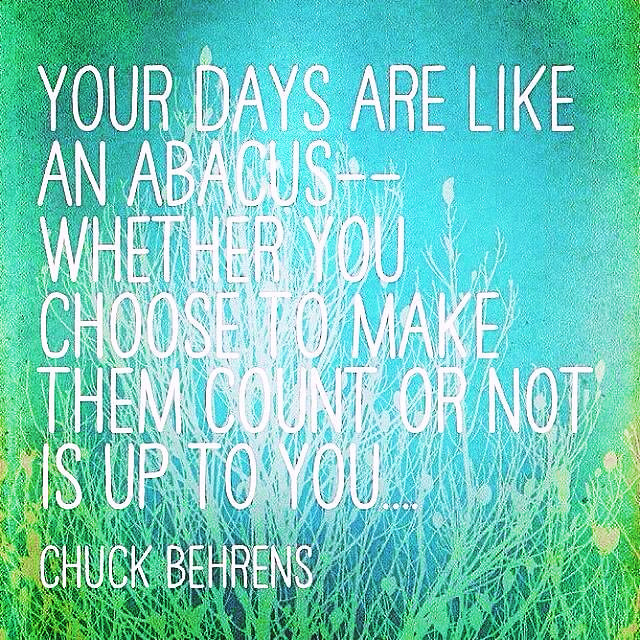 Now about that flat tire, well right after the leaky pipe but before the locked keys in the car or the lost credit card that I swear I put in my secret SECRET place and my pen, my Montblanc Pen. . .
Now about that flat tire, well right after the leaky pipe but before the locked keys in the car or the lost credit card that I swear I put in my secret SECRET place and my pen, my Montblanc Pen. . .
Psssssssssssssssssssssssssssssssssssssssssssssssst:
BRING YOUR EVERYDAYNESSES
TO YOUR
EVERYTHINGNESSESS
ENCHANTMENT ABOUNDS
(and be the Caring Catalyst you are but rarely recognize)
JUST A MOMENT: FINDING THE SACRED
Maybe the question isn’t so much where do you find the sacred, the holy as much as where does it find you? Just where is the isn’t the sacred, or at least, what you call it? Whatever you find holy, wherever you find sacred, whatever feeds your soul and gives meaning to you, don’t let any label like the sacred or the holy or the religious or the spiritual or the essence or the energy take you away from it. . .
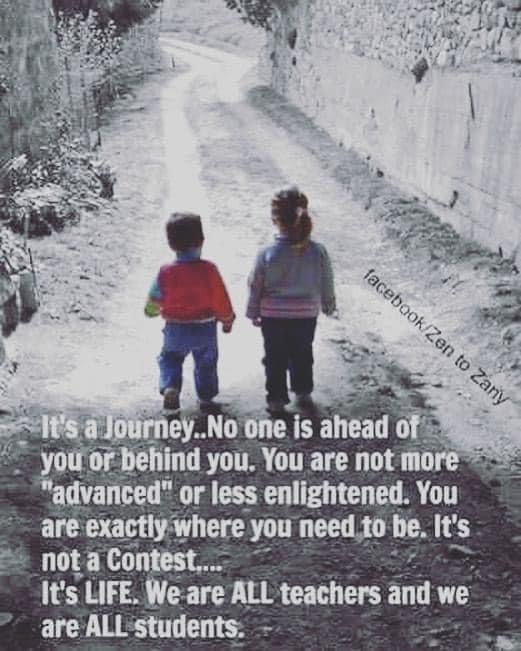 WHEN YOU FIND THE SACRED
WHEN YOU FIND THE SACRED
you feel Peace
WHEN THE SACRED FINDS YOU
you become Peace
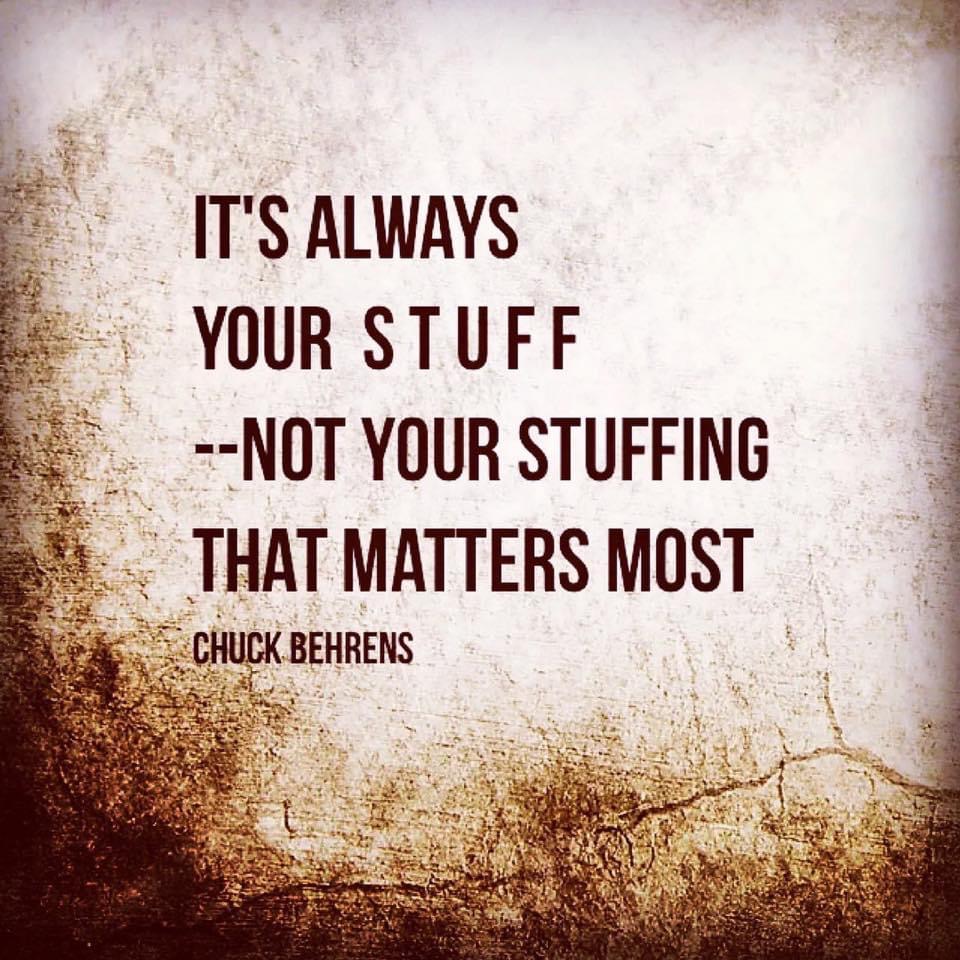
THE THING ABOUT KINDNESS
Simple Acts of Kindness can change the people we become. When we take the time to support other’s needs, we create habits of change and here’s the real clincher,
WE BECOME BETTER
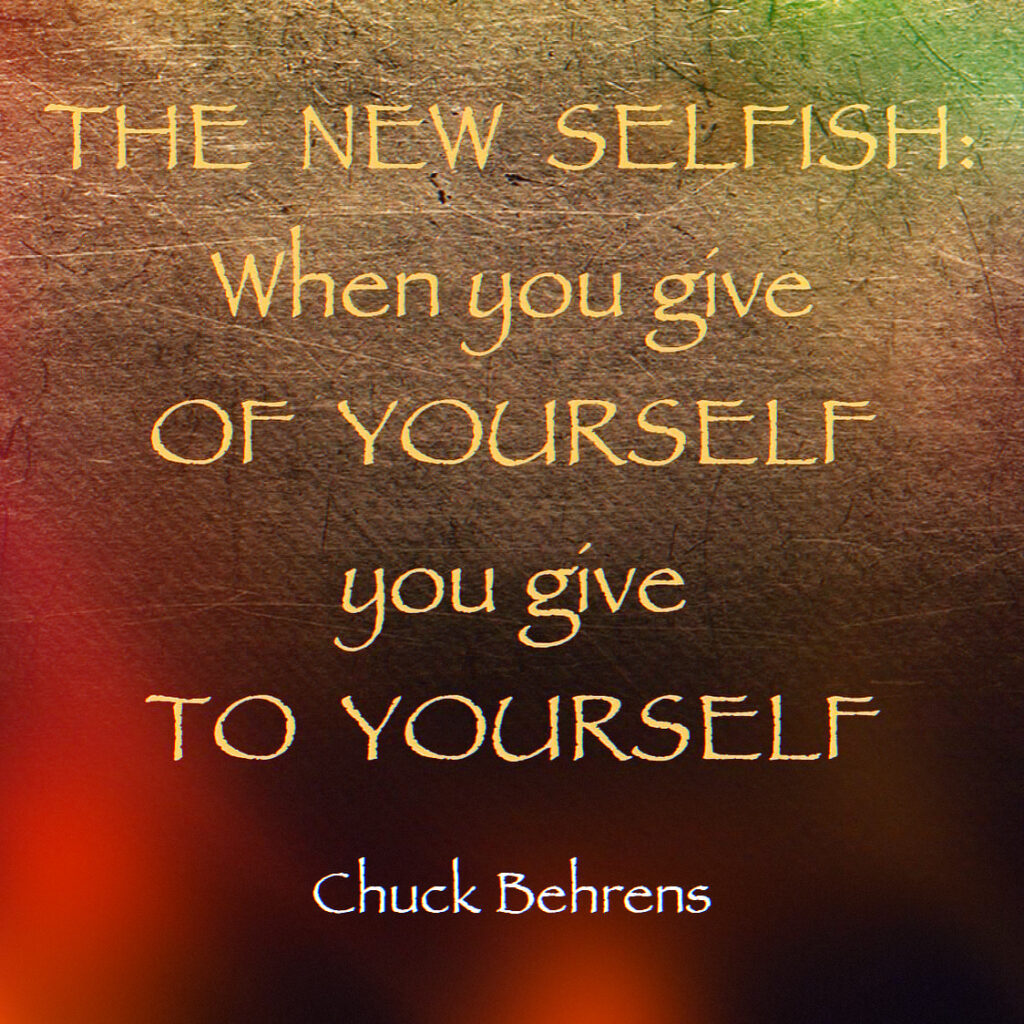
Here’s a thing about kindness: It’s only a word! Don’t get me wrong, it’s a really nice word but words don’t do much these days and they don’t get us too far down the road; they kind of leave us in an alleyway, don’t they? Dark. Dingy. Not always a comforting place to be at midnight with a few streetlights missing.
I mean come on, they’re just words, but when a word like KINDNESS becomes a verb that’s right, verb is just a word too. But when our KINDNESS puts on tennis shoes and workout clothes it all of the sudden becomes kindness is an action. though, When KINDNESS becomes something we do, it really defines who we are. And then PRESTO: We just don’t become different but everyone who’s shore our ripple hits and crashes down upon becomes different and a little bit better, too.
A GIFT OF TITANIC PROPORTIONS
When the Titanic sank, it carried millionaire John Jacob Astor IV. The money in his bank account was enough to build 30 Titanics. However, faced with mortal danger, he chose what he deemed morally right and gave up his spot in a lifeboat to save two frightened children.
Millionaire Isidor Straus, co-owner of the largest American chain of department stores, “Macy’s,” who was also on the Titanic, said:
“I will never enter a lifeboat before other men.”
His wife, Ida Straus, also refused to board the lifeboat, giving her spot to her newly appointed maid, Ellen Bird. She decided to spend her last moments of life with her husband.
These wealthy individuals preferred to part with their wealth, and even their lives, rather than compromise their moral principles. Their choice in favor of moral values highlighted the brilliance of human civilization and human nature.

Just when I think I’ve
G I V E N
a five dollar bill to someone standing on a corner with an unreadable sign
a paid for Starbucks order to the car behind me
a meal for an elderly couple who held hands during their dinner
a well-intentioned compliment
I don’t think I know the real definition. . . YOU?
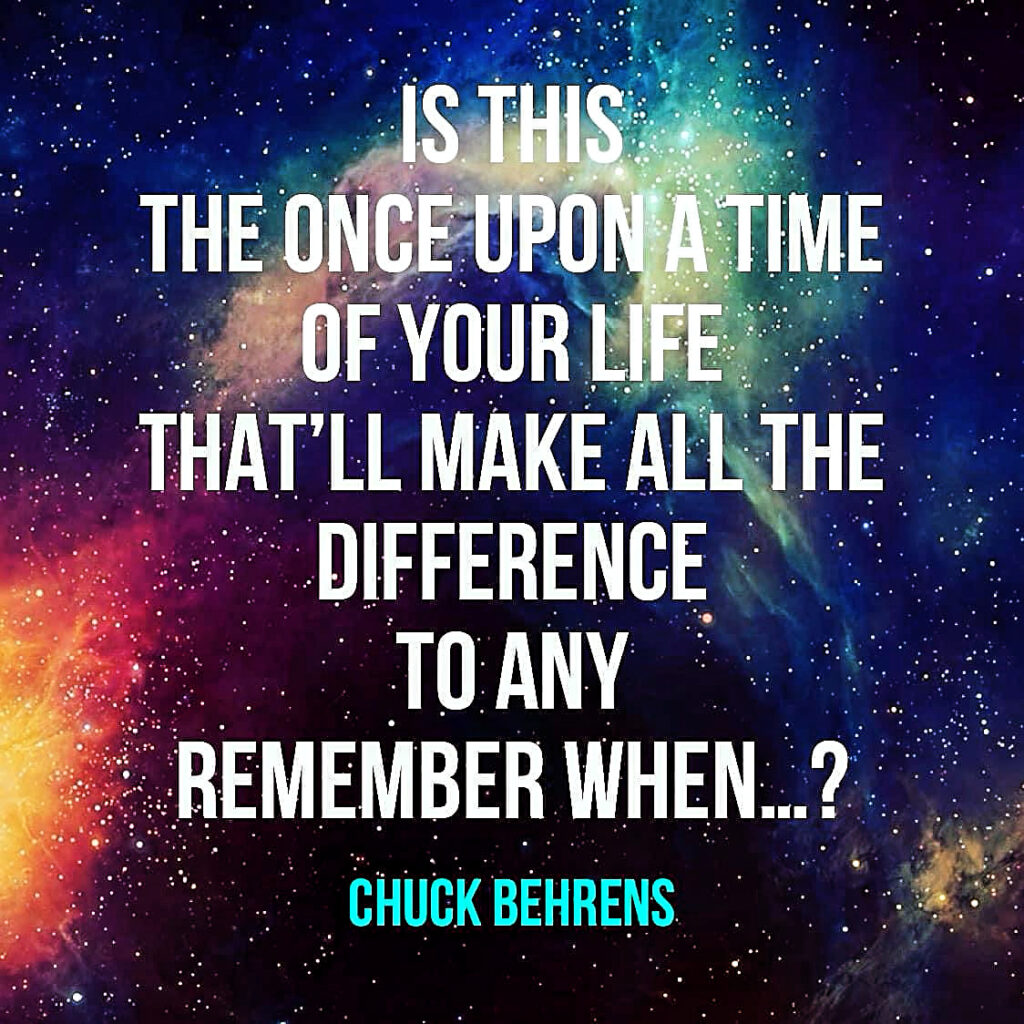
Maybe when you put a
D O L L A R
amount of what you
G I V E
you haven’t shared much at all. . . ?
WAIT A MOMENT: LIFE AS A VENDING MACHINE
Life is a lot like a vending machine
It’s really simple
You put your money in
For exchange of what you want
Simple
Easy
Until it’s not
Sometimes no matter what buttons you push, you don’t get what you expect
Or worst yet
You get nothing at all
No matter how much you pound
No matter how much you shake
No matter what kind of prayer you pray that you won’t pray on Sunday
You don’t get
What you paid for?
What you deserved?
What you expected
What you are owed
Sometimes life is exactly like a vending machine
And you get exactly what you paid for
And maybe
Maybe somebody else paid for
And they didn’t get
But you did
For the money
Pssssssssssssssssssssssssssst:
The next time
L I F E
feels like a Vending Machine
make sure you press the
Right Buttons
to get exactly what you Select
because you just can’t get
ONE THING
when you choose something
completely
D I F F E R E N T
(then again, maybe that’s what makes LIFE advertously tasty?)
DEEP PEACE
While in office one Christmas, President Reagan was asked what he wanted for Christmas and he stated without pause, “PEACE!” The reporter followed up with the question, what would you like for Christmas that comes in a box and again, without pause, President Reagan said, “If you can wrap it up in a box, I’ll take it!”
AND YOU. . .
What would you like, not so much for Christmas, but NOW. . .wrapped in a box of unbundantly untethered? WHAT DO YOU WANT?
“The very least you can do in your life is figure out what you can hope for. The most you can do is live inside that hope, running down its hallways, touching the walls on both sides”
Barbara Kingsolver
Photography B. Berenika
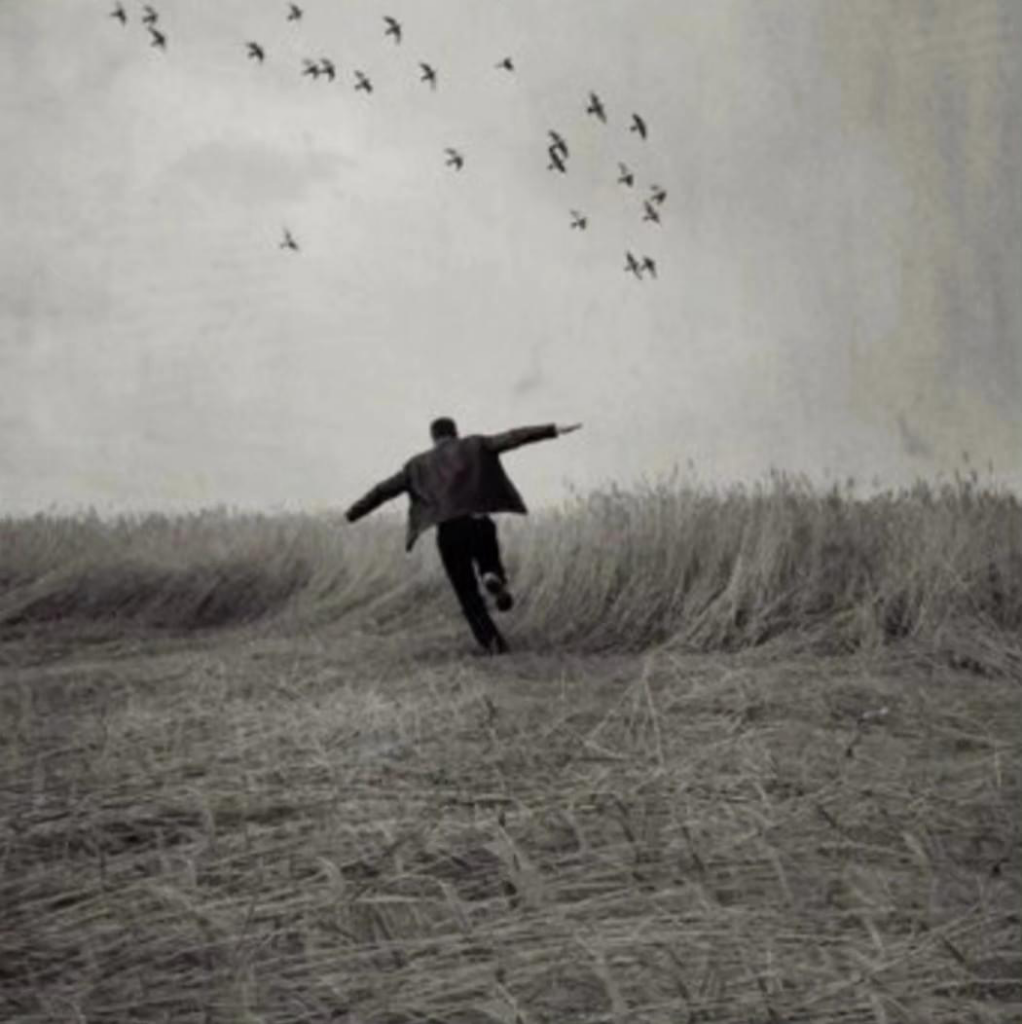 Psssssssssssssssssssssssssssssssssssssst:
Psssssssssssssssssssssssssssssssssssssst:
Whatever brings you
P E A C E
DO
I T

And then
let the warm rays of your
DEEP
P E A C E
shine about to others
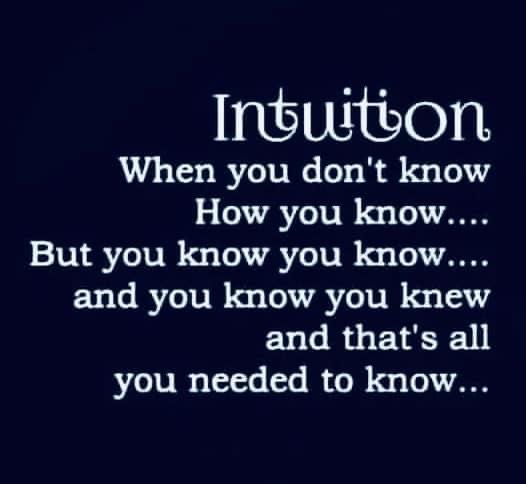 T H I S. . .
T H I S. . .
The Hey, H E Y Moments

h e y
is a lot different than
H E Y
unless we go around treating
L I F E
ho-humily-all-of-the-same. . .
‘hey, so what the lights are off.’
hey, HEY. . .sometimes life screams at us. HEY, stop! Look at me! Pay attention! and no matter how much it shouts at us, no matter how much it flicks us behind the ear, thumps in the head, we don’t look, we pay it no mind and there’s the ultimate Ba-BAM across the head, with the 2 x 4 right between the eyes: DEATH and even though we die millions of times we resurrect in even more and many ways that unfortunately, we never notice. . . .
Yes, the lights were off in more than one way last Friday night early in the evening as high winds and rain swept through the Northeastern Ohio area knocking out power in a lot of places; one of them a funeral home where we were celebrating the life of a 24 year old young man who had been diagnosed with epilepsy just 10 months ago out of nowhere and now after a seizure, died.
Now, that’s a HEY kind of a moment that’ll grab you by the throat and make you breathe a little differently.
All of his friends and family were gathered together in a darkened funeral parlor, with the lights from their phones being the only light as one of several of his friends, his sister and his fiancé stood and recounted the memories that needed know background lights.
A family priest came and offered the sacred words that were meant to bring some comfort and some sense out of the dark senselessness that brought us together. Holding his phone to bring some illumination where none seemed to be found he read,
“And for this reason we never become discouraged; even though are physical beings are gradually decaying our spiritual beings are renewed day after day; in fact, this small, temporary trouble we suffer will bring us an eternal glory much greater than any of the trouble, for we fix our attention not on the things that are seen but the things that are unseen; the things that are seen are transient; they last but for a time. But the things that are unseen, these are the things that are eternal; they last forever.” (2 Corinthians 4:16-18)
And then came the HEY that is different than all other HEY’S; the HEY MOMENT that we often miss; that we seldom never notice or pay much attention:
THE LIGHTS CAME ON
The priest ended with the ‘Our Father’ and led everyone through the “Hail Mary” before turning it back over to me for some final thoughts and a Benediction.
“H E Y !” I shouted. . .”WHAT JUST HAPPENED HERE?” I reminded this group that we just literally became a different group. Sad, YES. Hurt, YES. Disillusioned, YES! but a different group. Here, on one of the most brutal, DARKEST moments in their lives, they had come together to celebrate a special person who had suddenly, tragically been taken from each of them and in that inky Blackness, the lights literally came on.
I reminded this group of LOVERS what I’m reminding you and others before, one of our biggest flaws in life is that we don’t always recognize what we notice and for their family member and friend I wasn’t going to let that happen for this 24 year old young man. Some were now laughing instead of crying stating the obvious, “He said we would never hear the last of him!” hey. . .HEY!
Aren’t these the questions we ask at times like this: WHY? HOW COME? WHAT FOR? And then right in the middle of all those questions we also have to ask, as the lights literally came on in this darkness, WHY? HOW COME? WHAT FOR? How come why what for Do we have these THE LIGHTS COME ON kind of moments where we literally see resurrections are all around us and don’t notice them.
Psssssssssssssssssssssst: There is no deaths that last forever. No death that hasn’t been followed by a resurrection. Go ahead step outside. I dare you to look at the green grass. I dare you to look at the flowers that are blooming and all their colors. I dare you to listen to the birds that are filling the trees as they sprout their leaves.

Maybe the lights
ARE NEVER OFF
we just don’t have eyes
O P E N E D
wide enough
to see
to notice
to recognize. . .
hey,
H E Y
EVEN HORIZONS HAVE HORIZONS
Psssssssssssssssssssssssssssssssssssssssssssst:
Even our HORIZONS have HORIZONS
and that is the
GOOD NEWS
Now even though we shouldn’t have an eye to the
F U T U R E
what we often focus on in the
W H E N
a n d
T H E N
fuzzies up our
N O W ‘ S
making it much more tougher than it should
to not only reach our HORIZON
but all the ones that follow. . .
 Glance behind
Glance behind
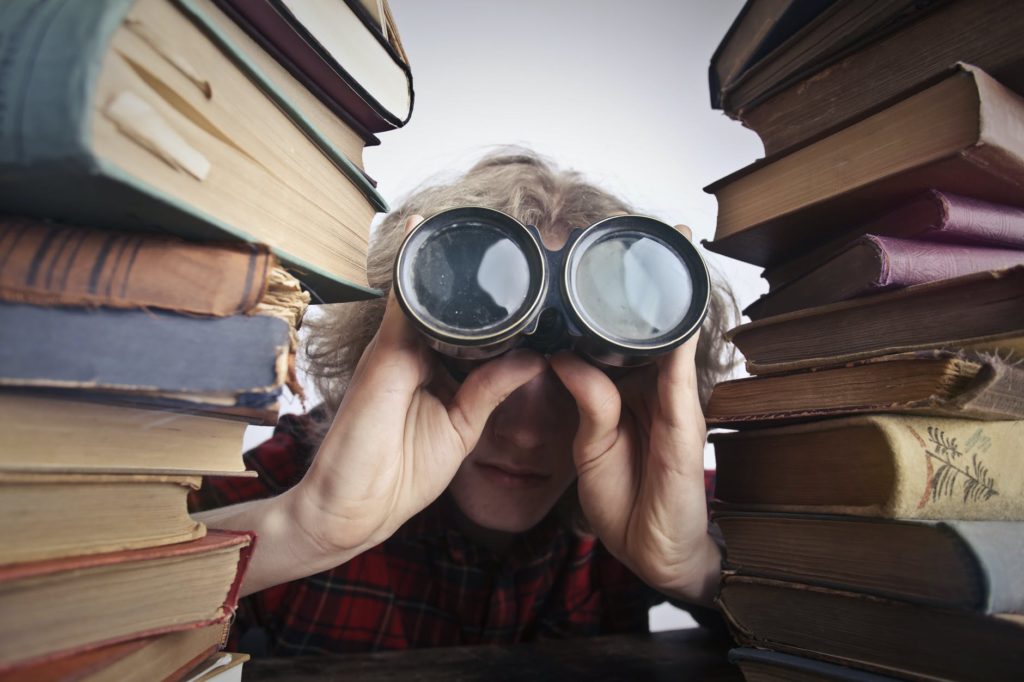
Photo by Andrea Piacquadio on Pexels.com
LOOK AHEAD
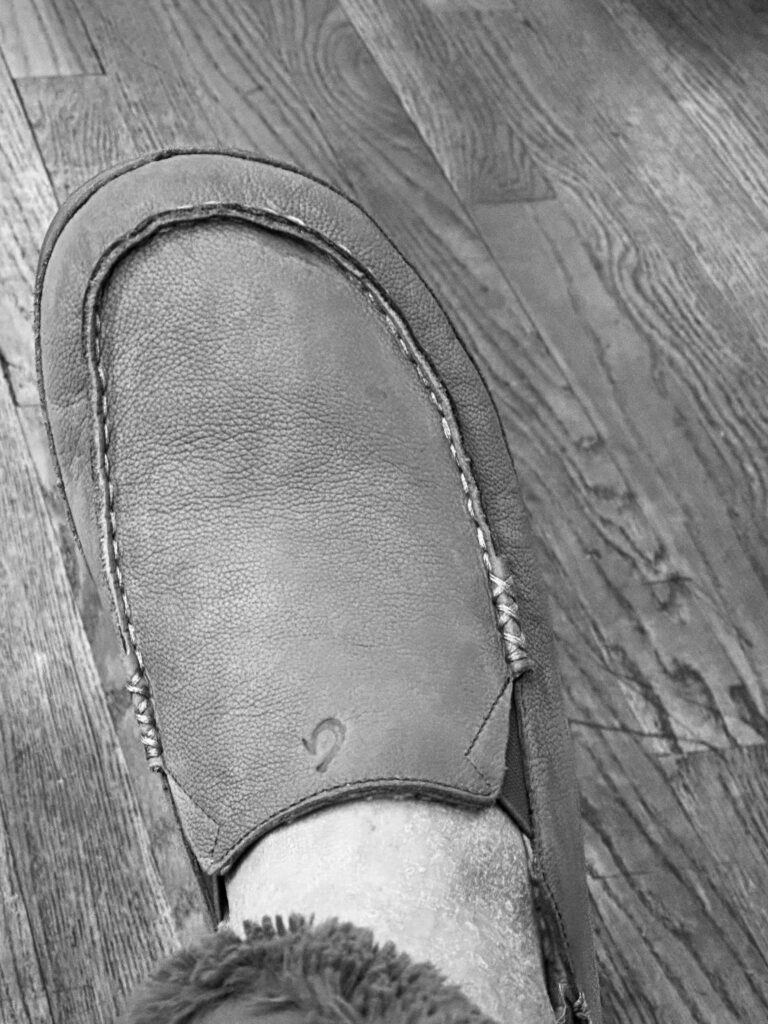
But focus on your precious NOW
and just the very next step

and above all
R E M E M B E R
just because your
H O R I Z O N
may be hazy
doesn’t mean it isn’t
T H E R E. . .
- « Previous Page
- 1
- …
- 19
- 20
- 21
- 22
- 23
- …
- 35
- Next Page »


